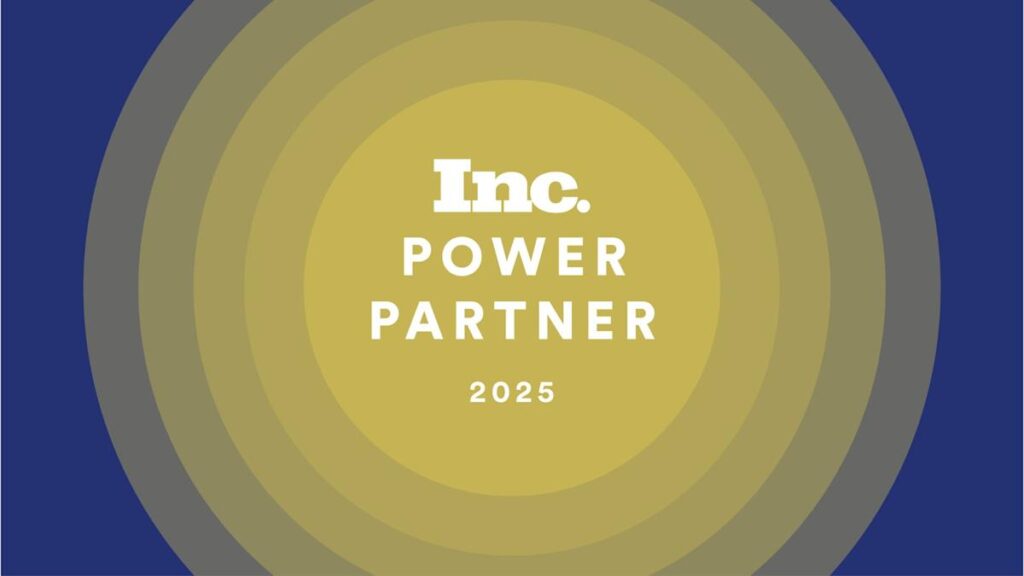Copenhagen, Denmark – Skarpline, a next-generation tool for collaboration between team members, is now available to the general public. In addition, Skarpline the company announced a pricing model for use of the application. Skarpline is at www.skarpline.com.
“Today, most business communication is fragmented across different applications. Files, documents, spreadsheets, appointments and links are attached or included in email messages. In addition there are chat sessions and messages as well as integrations with other applications and services” said Dan Storbaek, founder and CEO of Skarpline. “Skarpline simplifies this by putting everything in one place. Instead of the email with an attached file, Skarpline puts the file front and center and attaches all communications, chats, integrations and other files to it.”
Skarpline is a ground up rethinking of how teams communicate and collaborate. Instead of files attached to emails, Skarpline switches it around and attaches all communications, integrations, chats, messages, and other files to the original file. Skarpline’s visual interface makes searching for a file simple. Integration with external project management and workflow applications unify all work into one simple interface. In addition, features like Instant Typing and Focus Mode increase productivity.
According to Nathaniel Borenstein, inventor of the email attachment, 85% of business data is stored in email form and most of that in attachments[1]. According a report from McKinsey & Company, 28% of a worker’s time is spent managing their email[2]. Skarpline was designed to better organize and store business data shared between team members.
“We built Skarpline on a foundation of real-time communication: private chat, group chat, external chat, and cards. But instead of making chat the core, we put files, links, devices, and integration with other applications the center around which the communication occurs,” said Storbaek. “Adding solutions like instant typing and Focus Mode increases productivity and efficiency. We believe this approach solves communication overload.”
Introducing Cards
Cards are the central organizing feature of Skarpline. Any file, link, communication or integration with an external application or service is defined as a card. Skarpline doesn’t distinguish between different types of files, they are all treated the same.
Articles, web pages, email attachments, documents, spreadsheets and other files can be added to the card. Other applications like Google Hangouts as well as other project management applications can be integrated into a card so the conversations and tasks are right where they need to be.
Cards are visually distinguished from each other with previews of the files and links right on the cards. This makes a search for cards visual and fast.
Customizable to the Way You Work
Skarpline is flexible, allowing team members to organize Skarpline in a way that supports the way they work. Cards can be grouped into folders that can also be shared between team members. A card or folder can be easily shared with other members of the team with a simple drag and drop interface.
Skarpline comes with a number of integrations, including Trello, Dropbox, Asana, Pivotal Tracker, Google Drive, GitHub and others. All interactions with these applications can be a card or contained in a folder.
Intuitive Sharing of Cards and Folders
Skarpline offers powerful interactions between cards and users. Users can share files, links, or integrations through a simple drag and drop. Once shared, a folder and the cards in the folder remains synchronized with the users who share it. Any so that any changes to existing cards or new cards added to the folder will be shared to the other users automatically.
Increased Productivity Through Focus Mode
To increase team productivity and reduce distractions, Skarpline features the Focus Mode. Focus Mode mutes all communications, cards, and users for a set period of time set by the individual user, so work can get done without outside distractions. This is useful for agile practitioners as well as people using the Pomodoro technique.
Redefined Communication
Messaging and chat can happen directly on cards so records of the chat session as well as any links or files that were shared can be stored directly on the card instead of individual messaging applications. All past conversations are retained in the card so they can be shared with other team members with a simple drag and drop. Instead of communicating through email or external applications, team members can communicate right through the card, eliminating the need to search for attachments or messages.
Users are notified in real-time of any activity on their cards. This includes information from team members as well as any external application integrated into the card. Project management, workflow and cloud services and applications integrated into a card can also provide real-time updates.
Pricing
Skarpline is free to use for an unlimited number of users. This includes team members and external members like clients, freelancers and business partners. There are no restrictions on the number of integrations. Free accounts include up to 2 GB of storage and are limited to 20 cards.
Paid plans offer unlimited cards and 500 GB of storage and start at $16 a month for up to 5 users. External users, including freelancers, clients, and partners external to the organization are excluded in the pricing model and do not count towards the number of users per account.
About Skarpline
Built from the ground up, Skarpline redefines communication. The platform provides teams and businesses a new way to communicate using ‘cards’. Founded by former management consultant Dan Storbaek, Skarpline now consist of 6 people distributed across 6 different countries. They are a mix of designers, explorers, and developers, all keen on making a difference to the world.
Find out more or sign up for a free account at www.skarpline.com.
[1] http://www.theguardian.com/technology/2012/mar/26/ather-of-the-email-attachment
[2] http://www.mckinsey.com/insights/high_tech_telecoms_internet/the_social_economy











